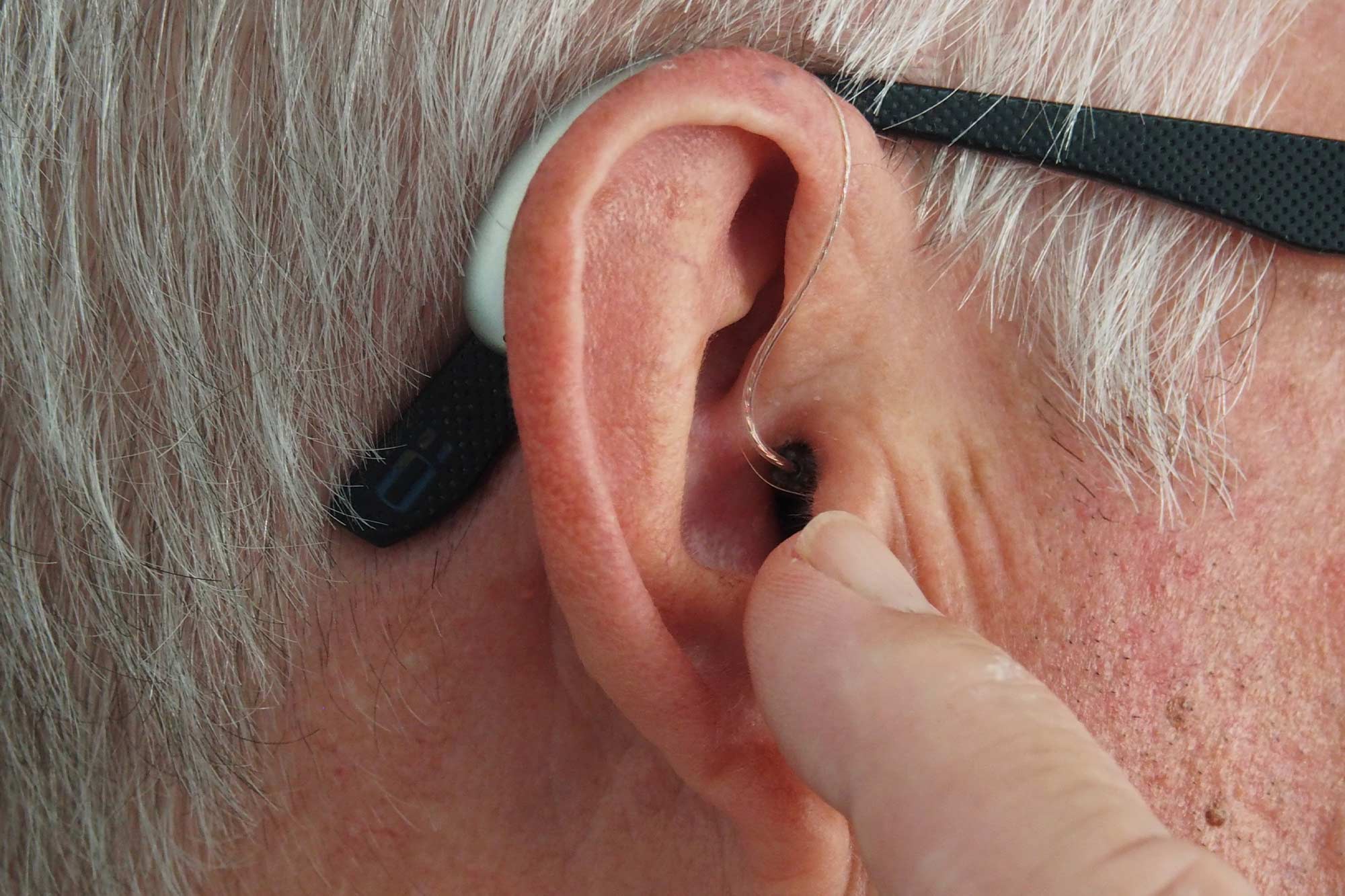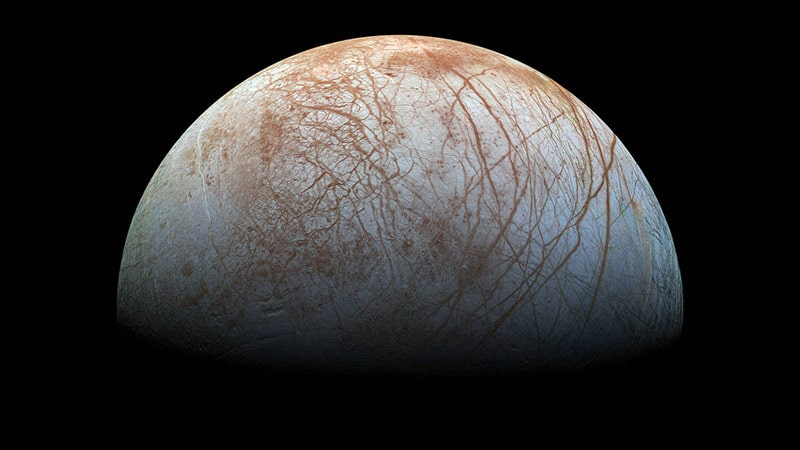Europa and other ocean worlds in our solar system have been getting a lot of attention lately. They are believed to be the most likely places in our solar system where extraterrestrial life could have formed because of liquid water beneath their ice caps and because liquid water is one of the conditions for the formation of life.
Various missions have been planned for these oceanic worlds, but many are hampered by a number of limitations. The requirement to break through kilometer-long layers of ice seems a near impossible task on a world far from the sun. These kinds of constraints would make one of the mission’s most important tasks, the search for life, difficult. But a group of engineers at NASA’s Jet Propulsion Laboratory think they have a solution. A swarm of small floating robots will be sent to comb the ocean under the main “mothership” robot, he wrote the universe today. The robot designs can be seen in the video at the end of the article.
One candidate for a parent mission is SESAME (Subsurface Access Mechanism for Europe). It’s a kind of “thermo-mechanical drilling robot” capable of tunneling through Europe’s thick ice shield, sometimes up to 25 km long. That is, by melting, cutting and burning down to the interface between Europa’s ice crust and its subsurface ocean.
But what happens when the robot gets there? Ideally, the robot will discover its immediate environment on its own. However, there is a high possibility that drilling through the ice crust and thus disturbing the nearby environment will limit the quality of data collected nearby. The robot itself can dive, but the energy source needed to drill through the ice is likely to create a “hot bubble” around the robot, which could reduce the effectiveness of the sensor’s measurements.
Unique method
This is where the idea of Sensing Using Small Independent Swimmers (SWIM) comes in. The SWIM bots can be launched from the SESAME bot after it reaches the ocean from the ice cap. After diving, they can move away independently from the mother ship and can explore to a distance of several hundred meters.
Physically attaching the mother ship to the smaller ships is problematic. If there was more than one small bot around, the cable would likely get tangled and the engineers would end up trying to untangle the Gordian knot on another world. However, avoiding cables also faces many challenges. For example, contacts.
It is very difficult to transmit electrical signals in water. Therefore, JPL engineers proposed establishing an ultrasonic communication between the mothership and the small robots.
In recent decades, scientists have discovered entire ecosystems on Earth that are completely independent of the sun and use energy from heat sources. There is a high probability that the oceans of Enceladus also contain hydrothermal vents, and there is a high possibility that young swimmers will be able to access them to collect data. Although it may not be equipped with enough tools due to its size, especially compared to a larger submarine, many small robots can be dispersed. This greatly increases their chances of finding an underwater hatch, if one exists, and thus increases their chances of finding life in the ocean world.
That’s still a long way off, though NASA appears to support the idea. Hopefully, this will provide enough basic research to make the idea widely applicable. Maybe one day we’ll be able to watch tiny robots explore the surroundings of a completely different world.
Worth reading:












































